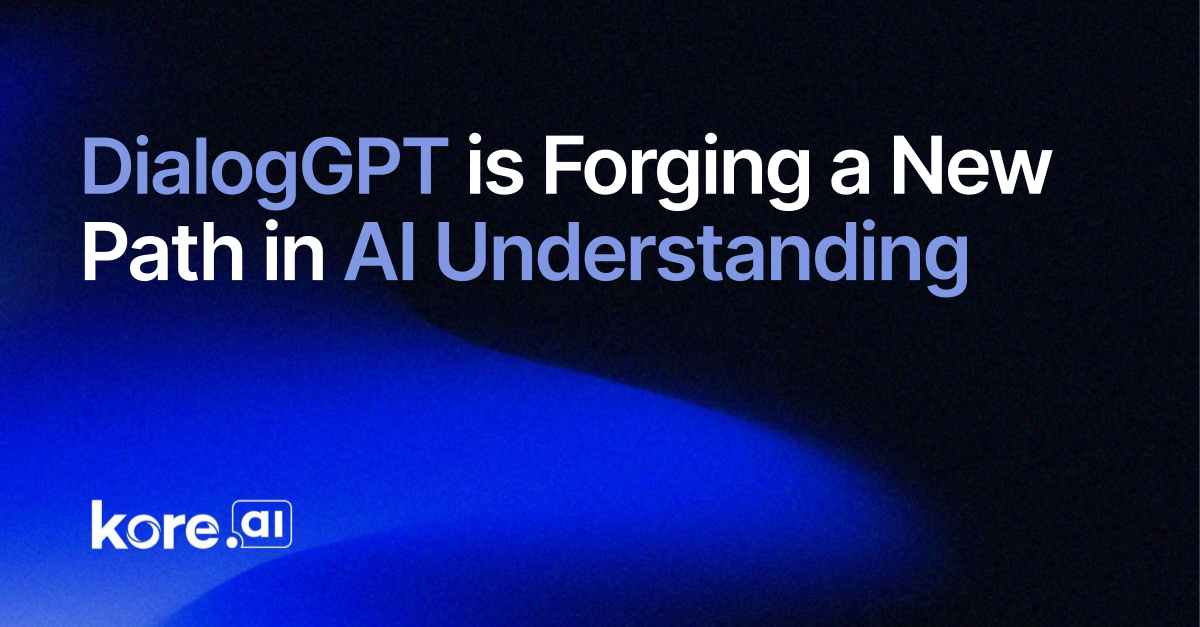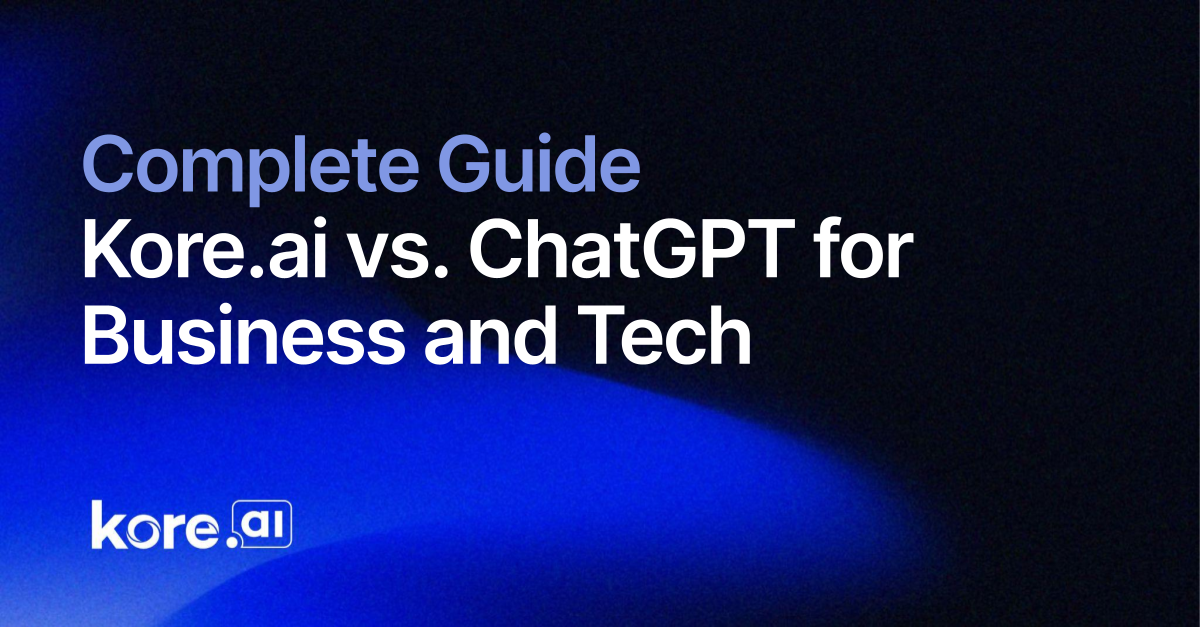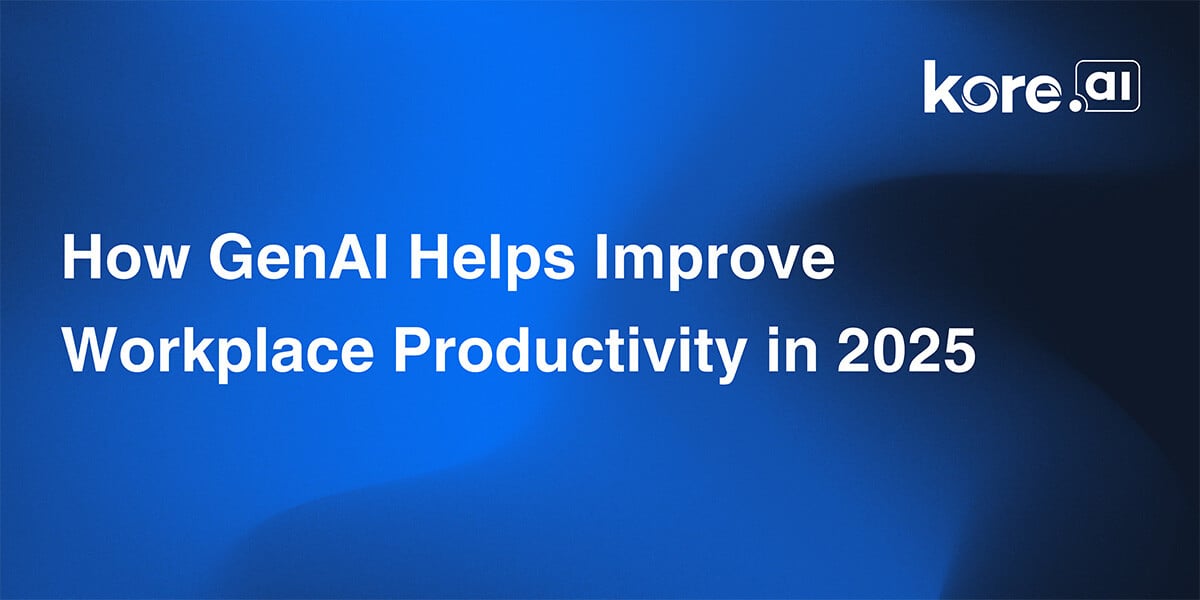NVIDIA Researchers Introduce Dynamic Memory Sparsification (DMS) for 8× KV Cache Compression in Transformer LLMs
As the demand for reasoning-heavy tasks grows, large language models (LLMs) are increasingly expected to generate longer sequences or parallel chains of reasoning. However, inference-time performance is severely limited by the memory footprint of the key–value (KV) cache, not just the number of tokens produced. In a recent paper, researchers from NVIDIA and the University […] The post NVIDIA Researchers Introduce Dynamic Memory Sparsification (DMS) for 8× KV Cache Compression in Transformer LLMs appeared first on MarkTechPost.

As the demand for reasoning-heavy tasks grows, large language models (LLMs) are increasingly expected to generate longer sequences or parallel chains of reasoning. However, inference-time performance is severely limited by the memory footprint of the key–value (KV) cache, not just the number of tokens produced. In a recent paper, researchers from NVIDIA and the University of Edinburgh introduce Dynamic Memory Sparsification (DMS)—a data-efficient, retrofit-friendly method that compresses KV caches and unlocks inference-time hyper-scaling without degrading model accuracy.
The Bottleneck: KV Cache in Transformer Inference
Transformer-based models like GPT, LLaMA, and Qwen use KV caches to store past token representations for autoregressive generation. This cache grows linearly with sequence length and width (parallel threads), consuming large amounts of GPU memory and leading to slower inference due to frequent memory access.
Existing techniques for KV cache optimization either rely on training-free heuristics—such as attention weight-based token eviction—or require heavy post-training retrofits like Dynamic Memory Compression (DMC). Both have significant downsides: the former tends to hurt accuracy, while the latter is computationally expensive.
Dynamic Memory Sparsification DMS: Compression Without Compromise
Dynamic Memory Sparsification DMS addresses these limitations with a hybrid approach: it sparsifies the KV cache like traditional pruning methods but does so with a minimal training overhead (~1,000 steps) and delayed eviction, which retains tokens temporarily after they’re marked for removal. This design preserves important context information and avoids abrupt accuracy drops.
The core idea is to make eviction decisions differentiable during training using a Gumbel-sigmoid-based sampling mechanism. Tokens predicted for future eviction remain usable for a sliding window duration before being discarded, allowing the model to absorb their informational value more effectively.
Efficient Retrofitting with Minimal Data
Unlike DMC, which requires thousands of training steps and complex gradient-based optimization, DMS introduces no additional parameters per attention head. It reuses a small part of the attention mechanism (a single neuron) to predict eviction. This makes DMS ideal for retrofitting existing models without architectural changes.
Empirical results show that with as few as 1K training steps, DMS can achieve 8× KV cache compression, preserving or even improving model performance across reasoning tasks.
Benchmark Results: Scaling Performance Without Scaling Cost
The research team tested DMS on reasoning-heavy benchmarks like:
- AIME 2024 (advanced math)
- MATH 500 (mathematical problem solving)
- GPQA Diamond (hard science QA)
- LiveCodeBench (code generation)
Across model sizes—Qwen-R1 1.5B, 7B, and 32B—DMS improved exact-match performance by 9.1 points on AIME, 7.6 on GPQA, and 9.6 on LiveCodeBench, all under the same memory and compute budgets.
When compared to top-performing baselines like Quest and TOVA, DMS consistently outperformed them in both KV cache read efficiency (runtime proxy) and peak memory usage, achieving better Pareto frontiers.
General-Purpose Utility
DMS also holds up in non-reasoning tasks. On short-context benchmarks like MMLU, GSM8K, and HellaSwag, DMS-maintained performance at compression ratios up to 4× with minimal degradation (~3.5 points). On long-context tasks like Needle-in-a-Haystack and Variable Tracking, DMS even surpassed the vanilla models, suggesting its potential to mitigate issues like information over-squashing in long sequences.
Conclusion
In conclusion, Dynamic Memory Sparsification (DMS) presents a practical and scalable solution for enhancing the inference-time efficiency of Transformer-based language models. By intelligently compressing the KV cache with minimal retraining, DMS enables models to reason over longer sequences or in parallel without increasing runtime or memory demands. Its consistent gains across a range of reasoning and general-purpose tasks highlight its versatility and effectiveness. As LLMs are increasingly deployed in resource-constrained environments, DMS offers a compelling path forward—balancing compression, accuracy, and ease of integration for real-world inference workloads.
Check out the Paper. All credit for this research goes to the researchers of this project. Also, feel free to follow us on Twitter and don’t forget to join our 99k+ ML SubReddit and Subscribe to our Newsletter.
 Looking to showcase your product, webinar, or service to over 1 million AI engineers, developers, data scientists, architects, CTOs, and CIOs? Let’s explore a strategic partnership
Looking to showcase your product, webinar, or service to over 1 million AI engineers, developers, data scientists, architects, CTOs, and CIOs? Let’s explore a strategic partnership
The post NVIDIA Researchers Introduce Dynamic Memory Sparsification (DMS) for 8× KV Cache Compression in Transformer LLMs appeared first on MarkTechPost.


























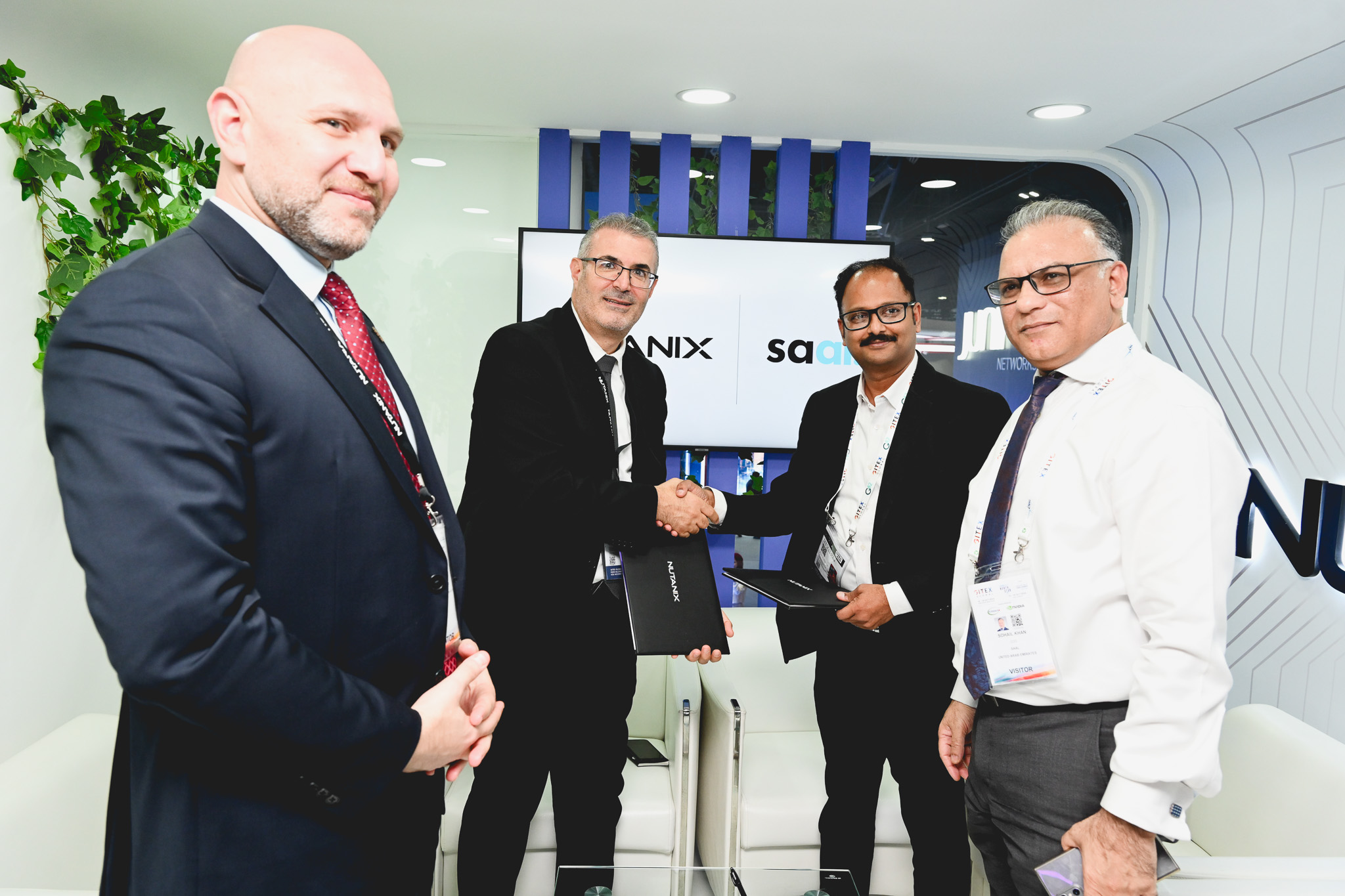











![[The AI Show Episode 152]: ChatGPT Connectors, AI-Human Relationships, New AI Job Data, OpenAI Court-Ordered to Keep ChatGPT Logs & WPP’s Large Marketing Model](https://www.marketingaiinstitute.com/hubfs/ep%20152%20cover.png)






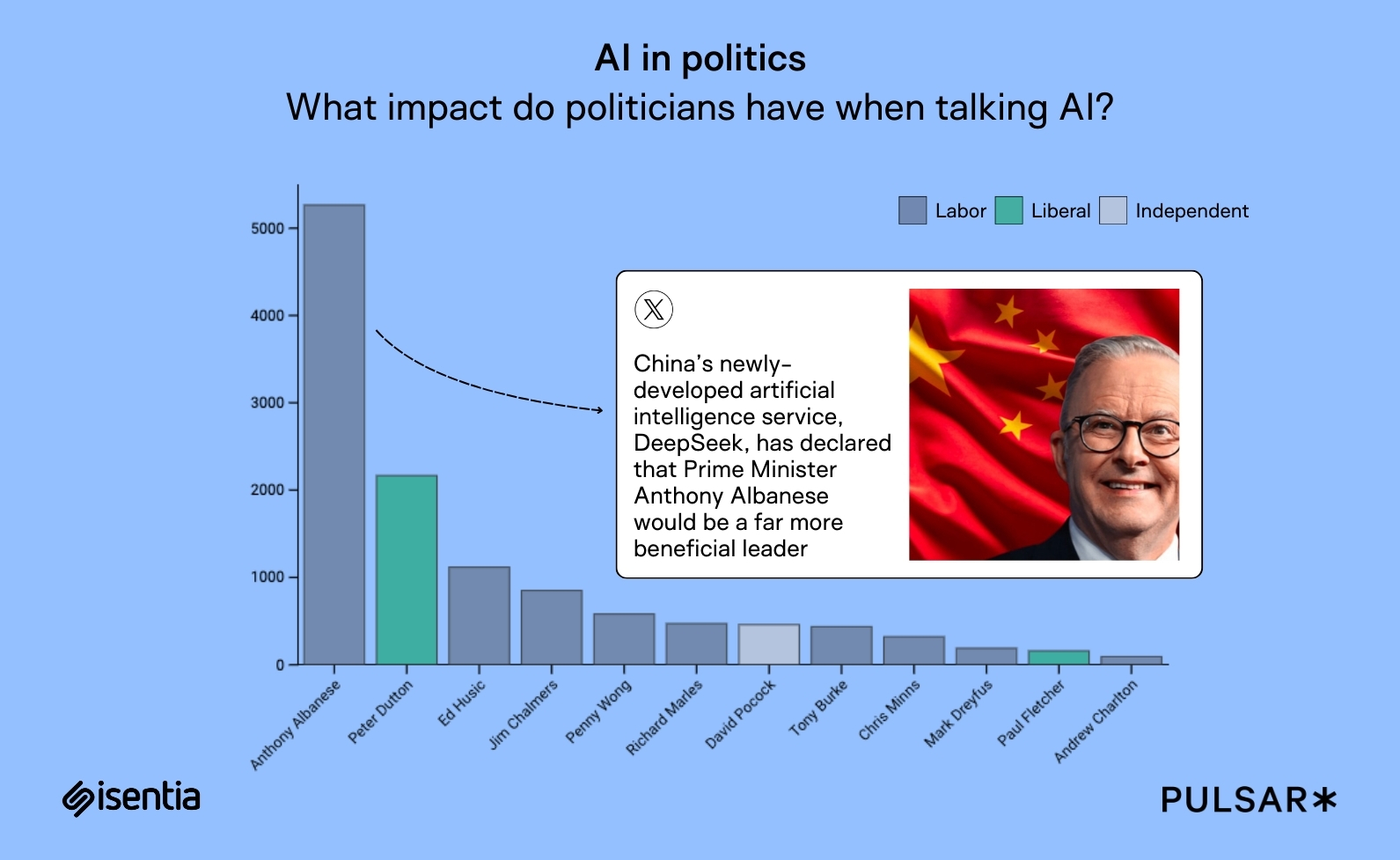
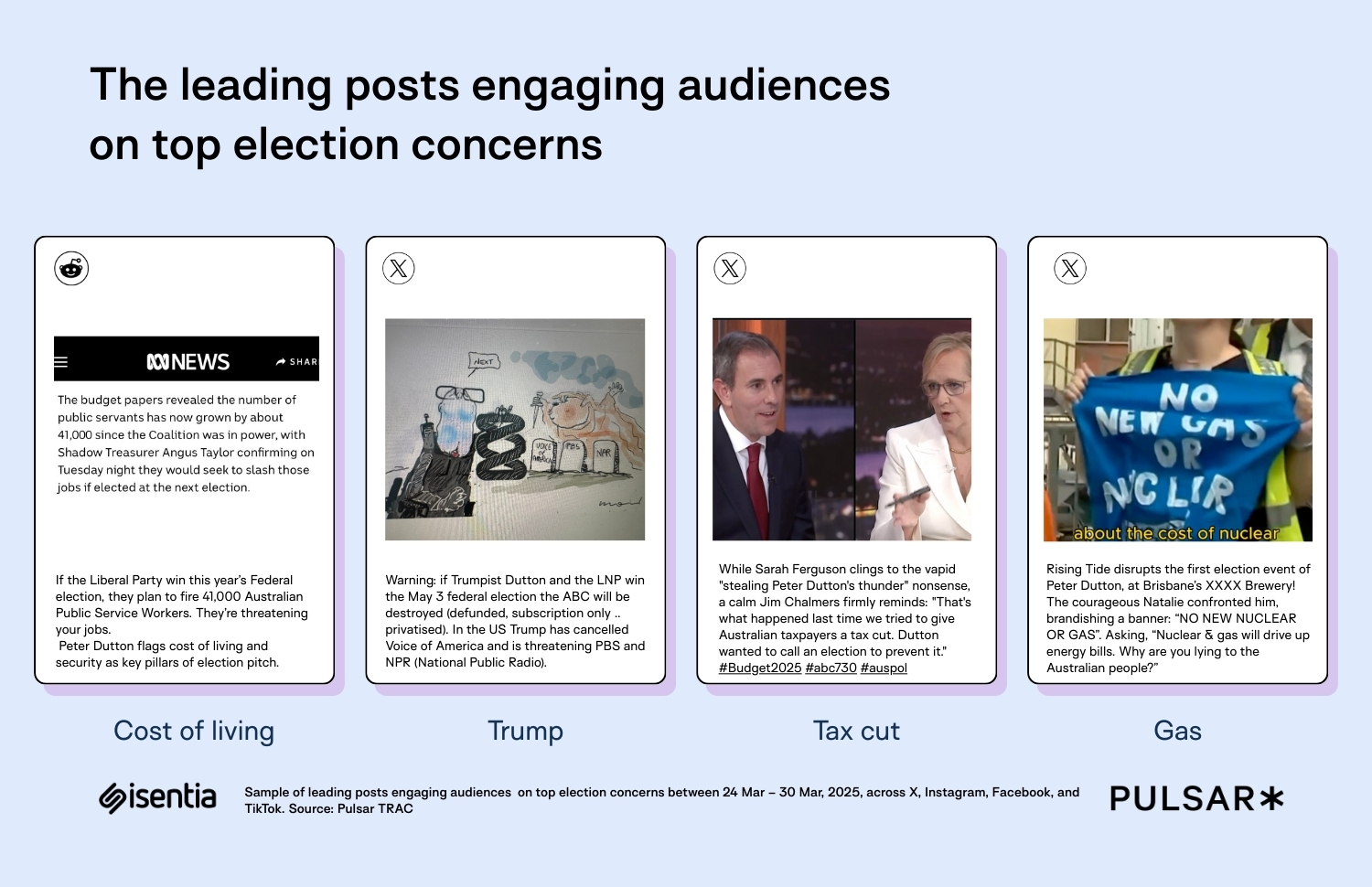
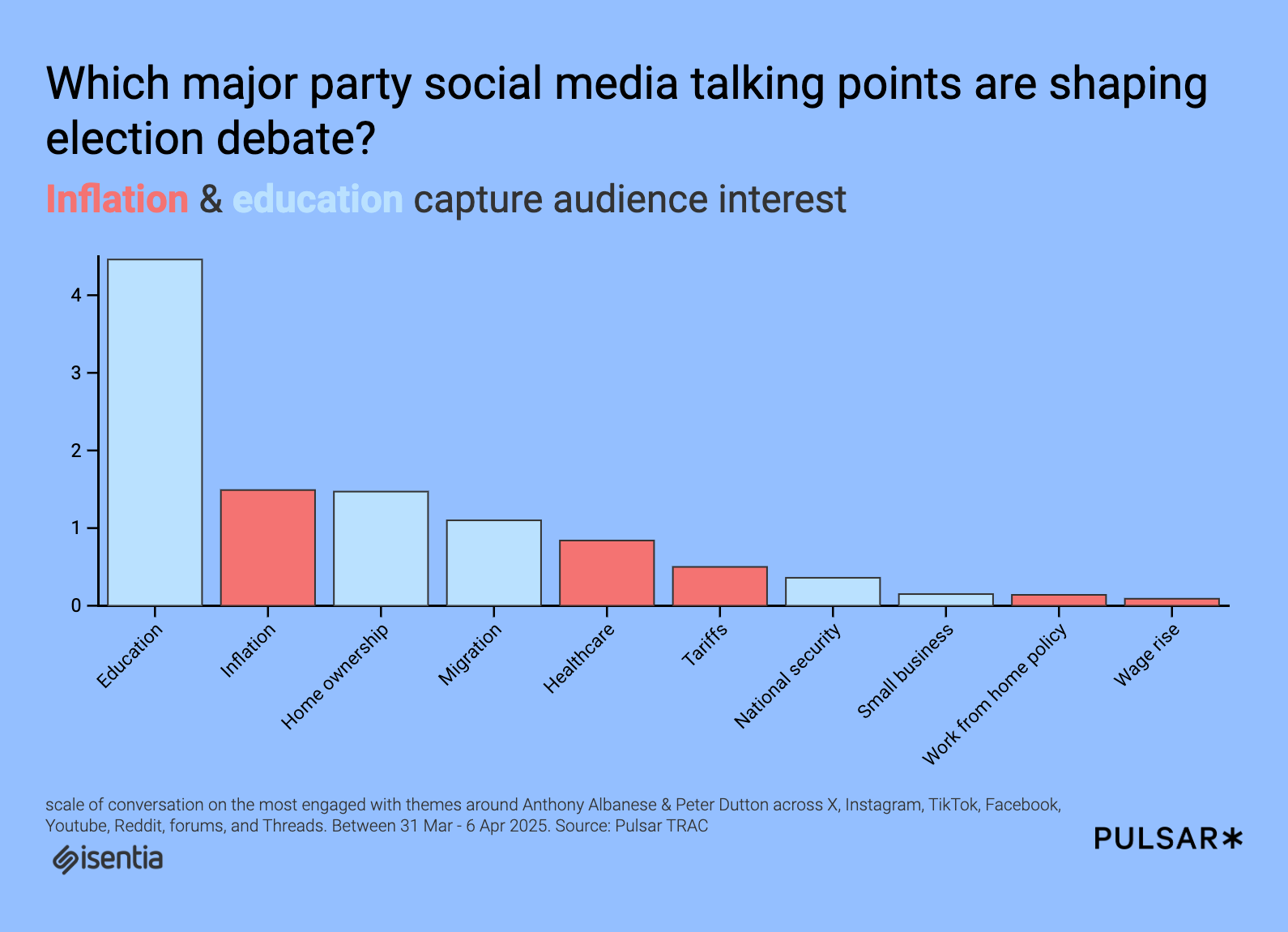



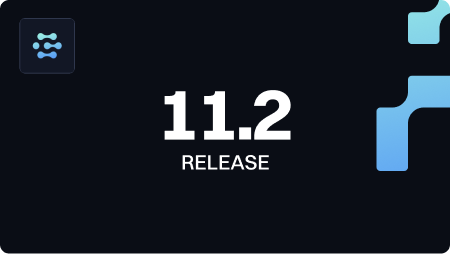
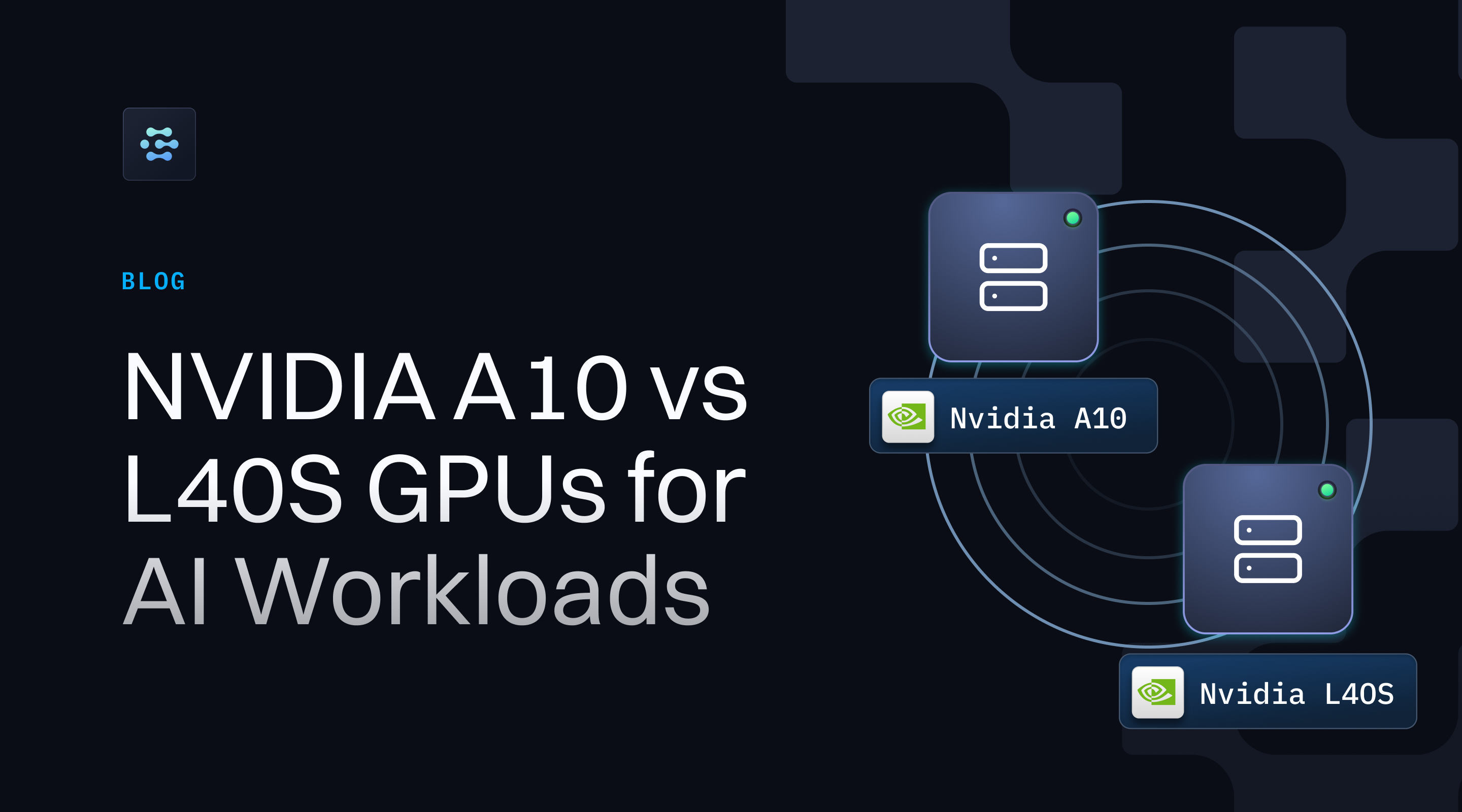







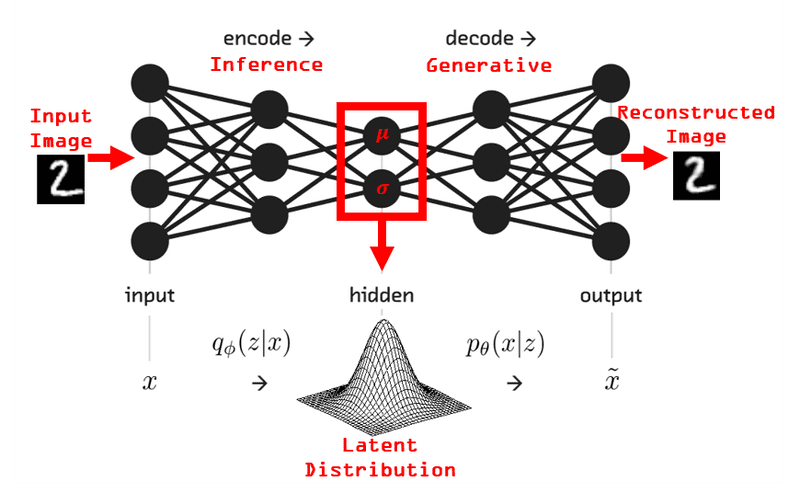











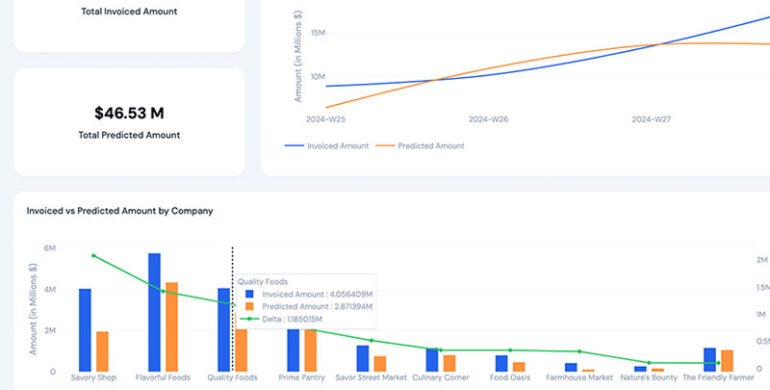



























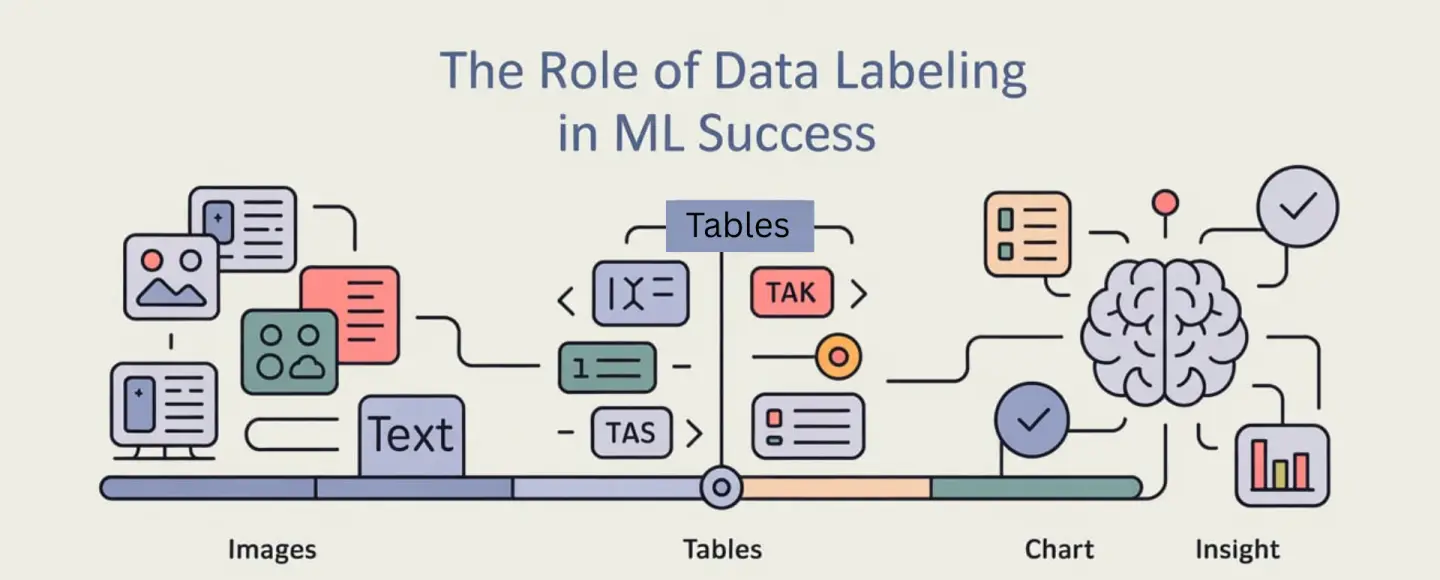

























































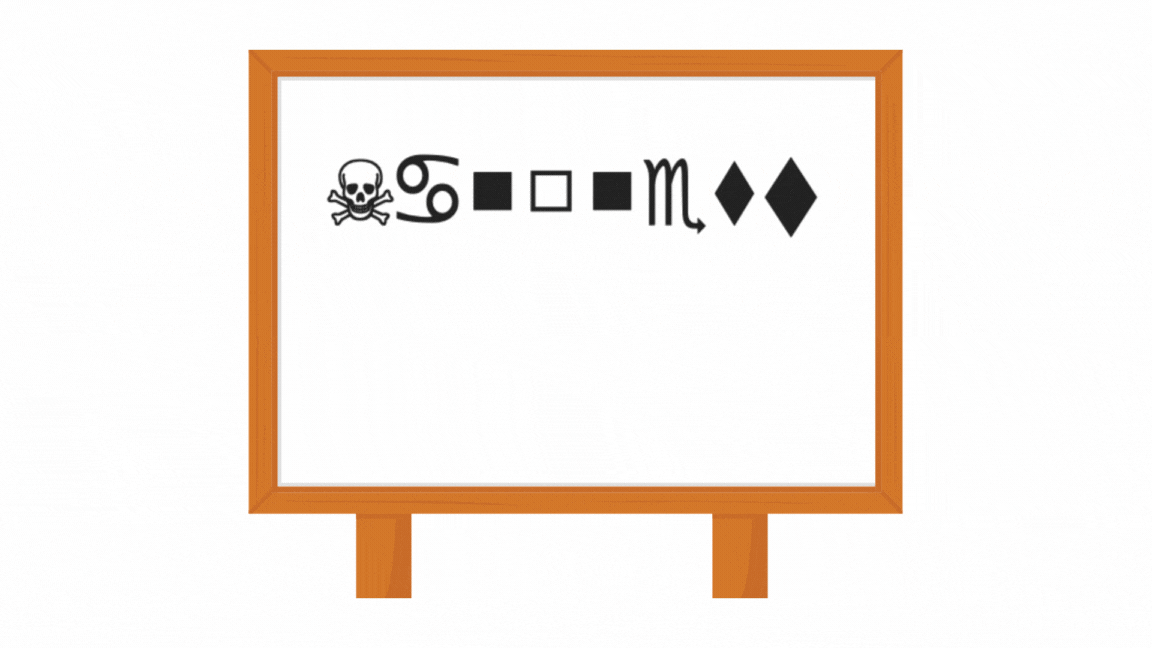

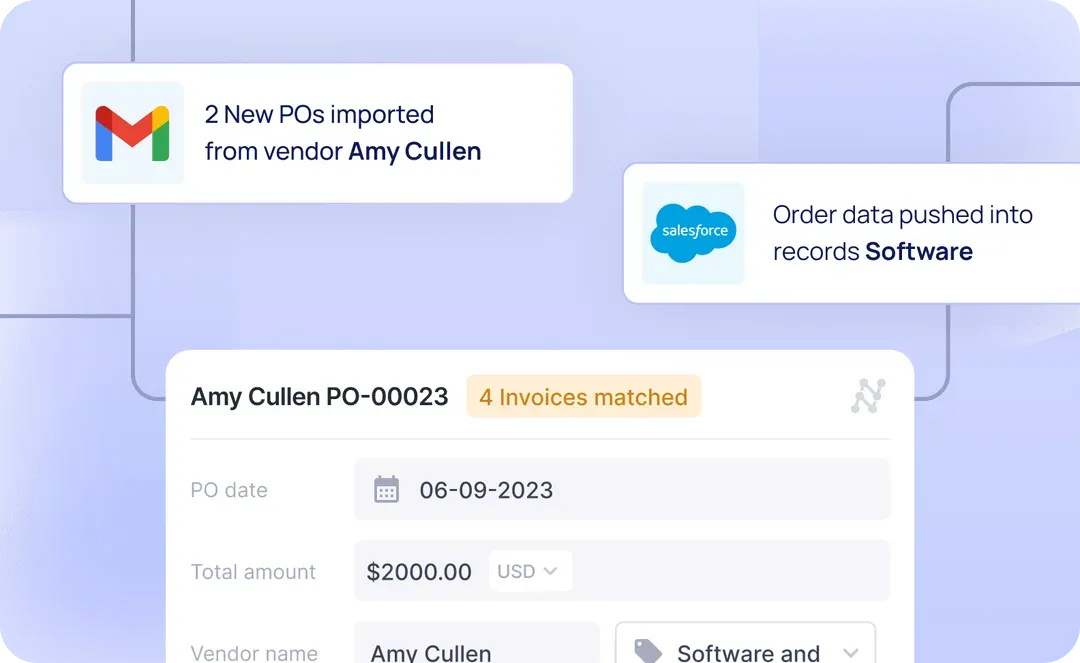







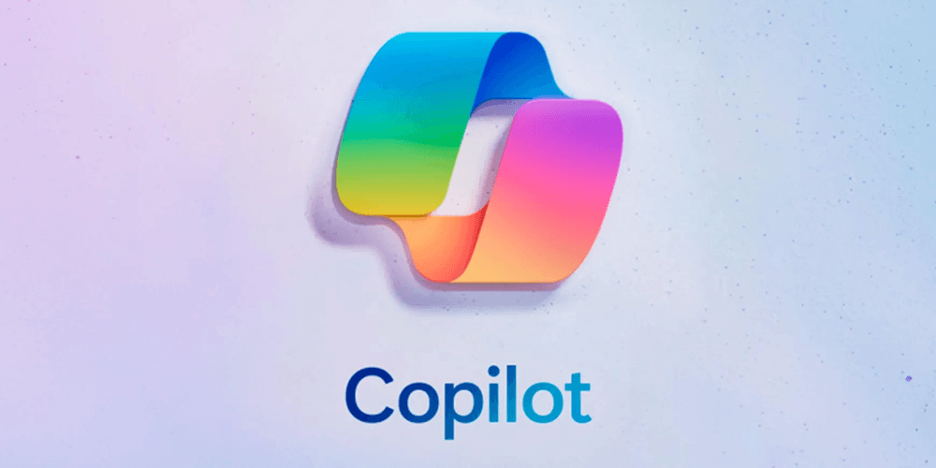



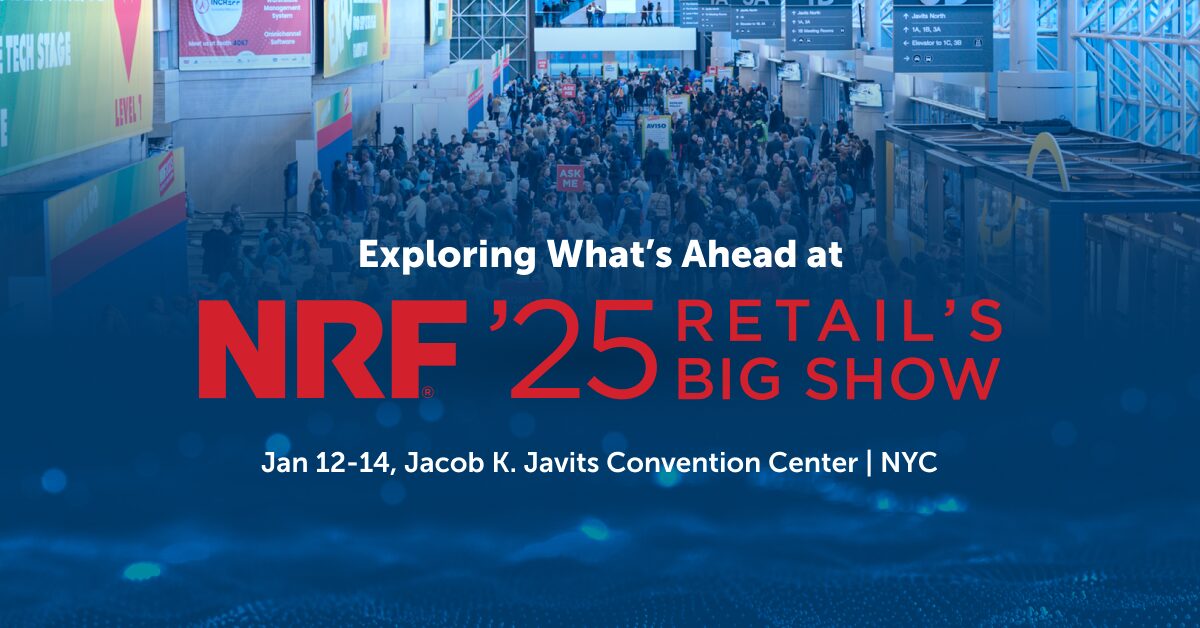


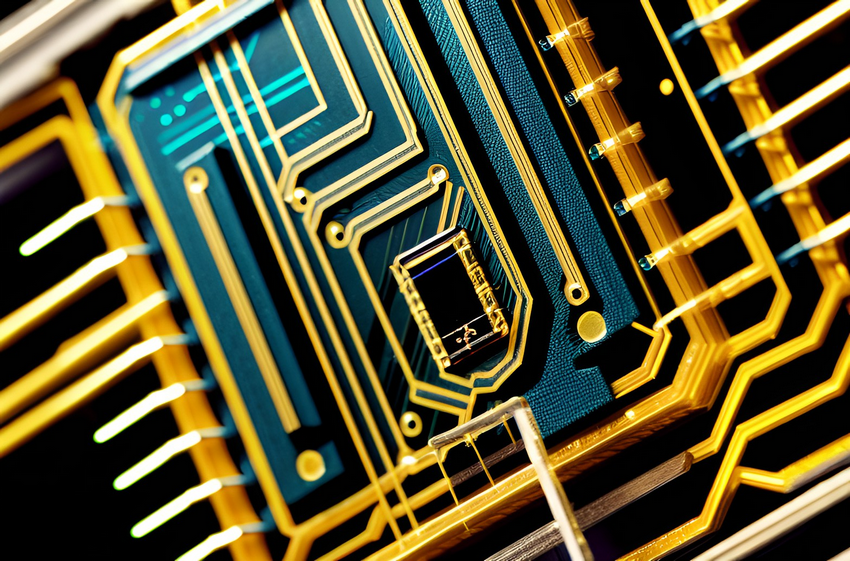


























![Top Features of Vision-Based Workplace Safety Tools [2025]](https://static.wixstatic.com/media/379e66_7e75a4bcefe14e4fbc100abdff83bed3~mv2.jpg/v1/fit/w_1000,h_884,al_c,q_80/file.png?#)

